Last week, Livestock Improvement Corporation Ireland (LIC Ireland) held an information meeting in Kilkenny on Jersey crossbreeding.
There were presentations from two breeding scientists – Dr Frank Buckley from Teagasc Moorepark and Dr Richard Spellman, chief scientist at LIC headquarters in New Zealand.
Richard started off by talking about the environment. Like Ireland, the New Zealand government has signed up to climate change mitigation strategies.
Methane (released by ruminants) has to be 10% below 2017 greenhouse gas (GHG) levels by 2030, and between 24% and 47% below 2017 levels by 2050.
All other gases need to be net zero by 2050. He gave the example of how Air New Zealand, which fly planes all around the world can claim to be net zero by offsetting its GHG emissions by planting trees.
Overall, methane emissions are up 12% in New Zealand since 1990
Richard said the farm lobby in New Zealand, including the country’s largest company Fonterra, is fighting hard to keep the methane reduction targets at the lower end of the 24% to 47% scale.
Overall, methane emissions are up 12% in New Zealand since 1990, with emissions from dairy up 128% and emissions from sheep down 43%, in line with changes to farming systems and stock numbers.
“While total emissions from dairy have gone up 128%, the intensity of methane per kilo of milk solids has actually decreased as the dairy herd has become more efficient.
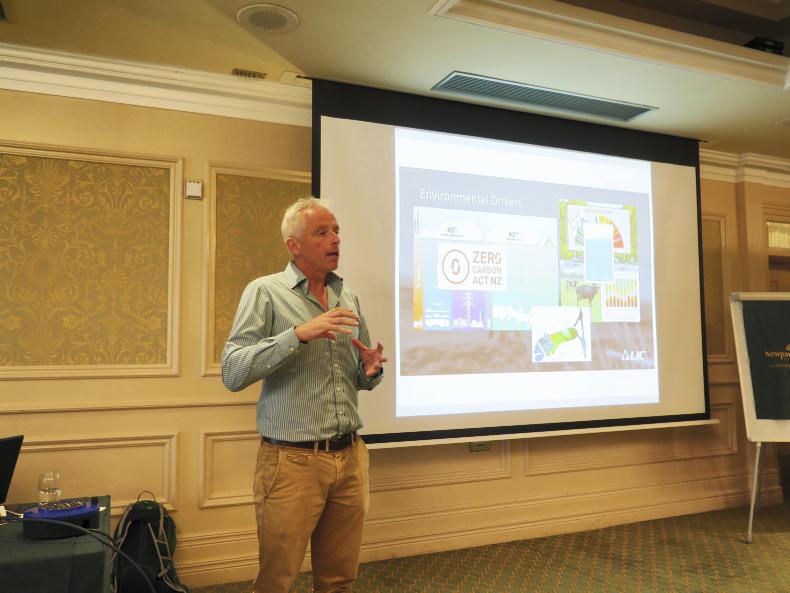
Richard Spellman, chief scientist with LIC, speaking at the crossbreeding information evening in Kilkenny.
"However, society wants to see a reduction in total emissions so we as farmers and breeders have a big task ahead of us,” Richard said.
LIC has recently launched a new trial measuring the methane output from bulls. Richard said methane has moderate heritability at between 0.1 and 0.4, meaning that between 10% and 40% of an animal’s methane emissions can be explained by its genetics. This is in a similar range as most other traits such as milk yield and fertility.
So while he suggests that breeding won’t make much of an impact on achieving the 2030 target, it will have a positive effect on achieving the 2050 target.
Breeding is one of three strategies being looked at in New Zealand to reduce methane. The others are vaccines and the use of feed additives, both of which are in very early stages of development.
Efficient cows
Both Richard and Frank spoke about the importance of breeding efficient cows from both an economic and environmental/GHG perspective.
A farmer in the room asked if a cow weighing 600kg and producing 700kg of milk solids per year was more methane efficient than the same cow producing 500kg milk solids per year.
Both scientists answered by saying it depends on what the cow is eating.
Frank said that if both cows were on the same diet, then the higher-yielding cow would be more efficient.
However, if the higher-yielding cow was fed more concentrates and had higher overall intakes, then the extra emissions from producing the extra feed need to be weighed against the extra milk solids produced.
Fertile cows last longer in a herd, so fewer replacement animals are required, thereby reducing costs and methane emissions
He also said that fertility and not just milk solids has a huge bearing on overall emissions – high-yielding cows with poor fertility have a very high carbon footprint.
Good fertility has a double benefit.
Fertile cows last longer in a herd, so fewer replacement animals are required, thereby reducing costs and methane emissions.
Secondly, mature cows produce more milk solids, so mature herds have a lower intensity of carbon per kilo of milk solids. This is why increasing EBI has such a prominent role in Teagasc’s climate change plan.
Frank said the high-EBI cows in the Next Generation Herd produced 30kg more milk solids per cow compared to the average EBI cows, and two-thirds of this difference was due to improved fertility. Richard said crossbreeding has had a phenomenal impact on the New Zealand dairy herd.
In the 1980s, just 20% of the national dairy herd was crossbred, 65% were Holstein Friesian and about 20% were purebred Jersey. Today, Jersey crossbred animals make up 50% of the national herd and 70% of all calves born now are crossbred.
Hybrid vigour is the kick in performance you get when you cross two unrelated breeds
The proportion of cows that are Holstein Friesian has fallen to 40% and the proportion of Jersey cows has fallen by half to 10%.
The increase in crossbreeding in New Zealand has been driven by hybrid vigour.
Hybrid vigour is the kick in performance you get when you cross two unrelated breeds. In New Zealand, hybrid vigour increases milk volume by 4.2%, milk protein by 4.6%, milk fat by 4.7%, liveweight by 2.1%, fertility by 5.2% and adds a whopping 220 days (almost a full lactation) to a cow’s life. Frank said the New Zealand data mirrors Irish data on crossbreeding.
He said hybrid vigour is maximised in the first cross where 100% hybrid vigour occurs. If pure breeds are used to continue crossbreeding in subsequent matings, then the level of hybrid vigour will average around 66%. If crossbred bulls, eg Kiwicross, are used on crossbred cows then the level of hybrid vigour will be 50%.
Those who already have a high-EBI herd will get a smaller benefit from crossbreeding, maybe €30 to €50/cow more profit
“From my point of view, dairy farmers have three options. If they have an average-EBI herd they either continue to use the highest-EBI bulls available and in 10 to 12 years’ time they will achieve the performance of the Elite herd now.
"Or, they could use high-EBI Jersey crossbreeding and let hybrid vigour speed up the process and achieve the same outcome in around five or six years.
"Those who already have a high-EBI herd will get a smaller benefit from crossbreeding, maybe €30 to €50/cow more profit compared to staying with high-EBI Holstein Friesian bulls,” Frank said.
Calves
A lot of the discussion on the night centred on the issue of calves. Jersey calves are smaller than Holstein Friesian or British Friesian calves, so they have a lesser beef value. Frank said the carcase size of animals out of Jersey crossbred cows is smaller than that of other breeds.
“The percentage of Jersey in the dam is a good proxy for the reduced value of the carcase. So a cow that is 50% Jersey will produce a calf that is worth €50 less hanging up. Using tools such as sexed semen to reduce the number of male dairy calves and the Dairy Beef Index to breed better beef calves is an essential part of any breeding programme, but particularly where crossbreeding is being practised.”
Richard said that up to now, animal welfare regulation in New Zealand was based around the five freedoms such as freedom from hunger and thirst, pain and fear, etc. He said there is now a shift towards focusing on the Five Domains Model too. This model considers the animal’s physical and mental feelings around boredom, frustration, anxiety and isolation. It considers depression versus playfulness and will involve more measures such as heat/cold stress and lying times as a proxy for comfort.
Balancing efficiency,
the environment
and animal welfare
The practice of early-age slaughtering of calves was discussed.
Many people associate calf slaughtering with crossbreeding but the evidence is that about half of the calves slaughtered in Ireland are Holstein Friesian, so it’s not solely a Jersey crossbred problem.
So far in 2019, the corresponding number of calves slaughtered in Ireland is less than 1.75% of total calves born from the dairy herd
About 40% of all calves born from the dairy herd are sold as bobby calves in New Zealand every year.
So far in 2019, the corresponding number of calves slaughtered in Ireland is less than 1.75% of total calves born from the dairy herd.
Hence the issue is arguably much greater in New Zealand – the largest dairy exporter in the world. Of course, that is not to say that Ireland shouldn’t take action to protect its own image. But nor should we throw the baby out with the bathwater when it comes to breeding.
How can we balance the dual objectives of breeding financially and environmentally efficient cows and at the same time be whiter than white when it comes to ethics? I think it’s safe to say that within the next decade both the slaughter of calves and the live export of un-weaned calves will be prohibited.
Fighting this will be futile as public opinion is largely against both.
Should we just accept that an extra 200,000 calves will be reared in Ireland, even before future expansion of the dairy herd is taken into account?
The world needs more efficient cows, not less efficient, beefy cows with inferior dairy genetics
Breeding larger cows is also futile. Those promoting this as a solution to the calf issue are ignoring the much greater climate change issue.
Large cows need more feed and are poor converters of feed to product and thus have a higher carbon footprint.
The world needs more efficient cows, not less efficient, beefy cows with inferior dairy genetics.
So what’s the take home message from the LIC meeting? The first is what we always knew but don’t hear as much because it’s no longer popular – that Jersey crossbreeding is more environmentally and financially sustainable.
Secondly, all farmers have a duty of care to their stock and need to have resources in place to look after their calves, probably for a minimum of four weeks in spring to smooth out the February peak of calf sales.
The Glanbia chair, Martin Keane is on record as saying that the company’s milk purchasing policy is kept under review and will be amended if it suspects any animal welfare issues.
A spokesperson for Glanbia said this week that there have been no discussions had or decisions made on any new pricing structure. If any changes are to be made, an action plan will be put in place and changes made over a phased basis.
Read more
Dairy management: tax, grass growth and farm safety
Moorepark 2019: what was in the breeding village?
Last week, Livestock Improvement Corporation Ireland (LIC Ireland) held an information meeting in Kilkenny on Jersey crossbreeding.
There were presentations from two breeding scientists – Dr Frank Buckley from Teagasc Moorepark and Dr Richard Spellman, chief scientist at LIC headquarters in New Zealand.
Richard started off by talking about the environment. Like Ireland, the New Zealand government has signed up to climate change mitigation strategies.
Methane (released by ruminants) has to be 10% below 2017 greenhouse gas (GHG) levels by 2030, and between 24% and 47% below 2017 levels by 2050.
All other gases need to be net zero by 2050. He gave the example of how Air New Zealand, which fly planes all around the world can claim to be net zero by offsetting its GHG emissions by planting trees.
Overall, methane emissions are up 12% in New Zealand since 1990
Richard said the farm lobby in New Zealand, including the country’s largest company Fonterra, is fighting hard to keep the methane reduction targets at the lower end of the 24% to 47% scale.
Overall, methane emissions are up 12% in New Zealand since 1990, with emissions from dairy up 128% and emissions from sheep down 43%, in line with changes to farming systems and stock numbers.
“While total emissions from dairy have gone up 128%, the intensity of methane per kilo of milk solids has actually decreased as the dairy herd has become more efficient.

Richard Spellman, chief scientist with LIC, speaking at the crossbreeding information evening in Kilkenny.
"However, society wants to see a reduction in total emissions so we as farmers and breeders have a big task ahead of us,” Richard said.
LIC has recently launched a new trial measuring the methane output from bulls. Richard said methane has moderate heritability at between 0.1 and 0.4, meaning that between 10% and 40% of an animal’s methane emissions can be explained by its genetics. This is in a similar range as most other traits such as milk yield and fertility.
So while he suggests that breeding won’t make much of an impact on achieving the 2030 target, it will have a positive effect on achieving the 2050 target.
Breeding is one of three strategies being looked at in New Zealand to reduce methane. The others are vaccines and the use of feed additives, both of which are in very early stages of development.
Efficient cows
Both Richard and Frank spoke about the importance of breeding efficient cows from both an economic and environmental/GHG perspective.
A farmer in the room asked if a cow weighing 600kg and producing 700kg of milk solids per year was more methane efficient than the same cow producing 500kg milk solids per year.
Both scientists answered by saying it depends on what the cow is eating.
Frank said that if both cows were on the same diet, then the higher-yielding cow would be more efficient.
However, if the higher-yielding cow was fed more concentrates and had higher overall intakes, then the extra emissions from producing the extra feed need to be weighed against the extra milk solids produced.
Fertile cows last longer in a herd, so fewer replacement animals are required, thereby reducing costs and methane emissions
He also said that fertility and not just milk solids has a huge bearing on overall emissions – high-yielding cows with poor fertility have a very high carbon footprint.
Good fertility has a double benefit.
Fertile cows last longer in a herd, so fewer replacement animals are required, thereby reducing costs and methane emissions.
Secondly, mature cows produce more milk solids, so mature herds have a lower intensity of carbon per kilo of milk solids. This is why increasing EBI has such a prominent role in Teagasc’s climate change plan.
Frank said the high-EBI cows in the Next Generation Herd produced 30kg more milk solids per cow compared to the average EBI cows, and two-thirds of this difference was due to improved fertility. Richard said crossbreeding has had a phenomenal impact on the New Zealand dairy herd.
In the 1980s, just 20% of the national dairy herd was crossbred, 65% were Holstein Friesian and about 20% were purebred Jersey. Today, Jersey crossbred animals make up 50% of the national herd and 70% of all calves born now are crossbred.
Hybrid vigour is the kick in performance you get when you cross two unrelated breeds
The proportion of cows that are Holstein Friesian has fallen to 40% and the proportion of Jersey cows has fallen by half to 10%.
The increase in crossbreeding in New Zealand has been driven by hybrid vigour.
Hybrid vigour is the kick in performance you get when you cross two unrelated breeds. In New Zealand, hybrid vigour increases milk volume by 4.2%, milk protein by 4.6%, milk fat by 4.7%, liveweight by 2.1%, fertility by 5.2% and adds a whopping 220 days (almost a full lactation) to a cow’s life. Frank said the New Zealand data mirrors Irish data on crossbreeding.
He said hybrid vigour is maximised in the first cross where 100% hybrid vigour occurs. If pure breeds are used to continue crossbreeding in subsequent matings, then the level of hybrid vigour will average around 66%. If crossbred bulls, eg Kiwicross, are used on crossbred cows then the level of hybrid vigour will be 50%.
Those who already have a high-EBI herd will get a smaller benefit from crossbreeding, maybe €30 to €50/cow more profit
“From my point of view, dairy farmers have three options. If they have an average-EBI herd they either continue to use the highest-EBI bulls available and in 10 to 12 years’ time they will achieve the performance of the Elite herd now.
"Or, they could use high-EBI Jersey crossbreeding and let hybrid vigour speed up the process and achieve the same outcome in around five or six years.
"Those who already have a high-EBI herd will get a smaller benefit from crossbreeding, maybe €30 to €50/cow more profit compared to staying with high-EBI Holstein Friesian bulls,” Frank said.
Calves
A lot of the discussion on the night centred on the issue of calves. Jersey calves are smaller than Holstein Friesian or British Friesian calves, so they have a lesser beef value. Frank said the carcase size of animals out of Jersey crossbred cows is smaller than that of other breeds.
“The percentage of Jersey in the dam is a good proxy for the reduced value of the carcase. So a cow that is 50% Jersey will produce a calf that is worth €50 less hanging up. Using tools such as sexed semen to reduce the number of male dairy calves and the Dairy Beef Index to breed better beef calves is an essential part of any breeding programme, but particularly where crossbreeding is being practised.”
Richard said that up to now, animal welfare regulation in New Zealand was based around the five freedoms such as freedom from hunger and thirst, pain and fear, etc. He said there is now a shift towards focusing on the Five Domains Model too. This model considers the animal’s physical and mental feelings around boredom, frustration, anxiety and isolation. It considers depression versus playfulness and will involve more measures such as heat/cold stress and lying times as a proxy for comfort.
Balancing efficiency,
the environment
and animal welfare
The practice of early-age slaughtering of calves was discussed.
Many people associate calf slaughtering with crossbreeding but the evidence is that about half of the calves slaughtered in Ireland are Holstein Friesian, so it’s not solely a Jersey crossbred problem.
So far in 2019, the corresponding number of calves slaughtered in Ireland is less than 1.75% of total calves born from the dairy herd
About 40% of all calves born from the dairy herd are sold as bobby calves in New Zealand every year.
So far in 2019, the corresponding number of calves slaughtered in Ireland is less than 1.75% of total calves born from the dairy herd.
Hence the issue is arguably much greater in New Zealand – the largest dairy exporter in the world. Of course, that is not to say that Ireland shouldn’t take action to protect its own image. But nor should we throw the baby out with the bathwater when it comes to breeding.
How can we balance the dual objectives of breeding financially and environmentally efficient cows and at the same time be whiter than white when it comes to ethics? I think it’s safe to say that within the next decade both the slaughter of calves and the live export of un-weaned calves will be prohibited.
Fighting this will be futile as public opinion is largely against both.
Should we just accept that an extra 200,000 calves will be reared in Ireland, even before future expansion of the dairy herd is taken into account?
The world needs more efficient cows, not less efficient, beefy cows with inferior dairy genetics
Breeding larger cows is also futile. Those promoting this as a solution to the calf issue are ignoring the much greater climate change issue.
Large cows need more feed and are poor converters of feed to product and thus have a higher carbon footprint.
The world needs more efficient cows, not less efficient, beefy cows with inferior dairy genetics.
So what’s the take home message from the LIC meeting? The first is what we always knew but don’t hear as much because it’s no longer popular – that Jersey crossbreeding is more environmentally and financially sustainable.
Secondly, all farmers have a duty of care to their stock and need to have resources in place to look after their calves, probably for a minimum of four weeks in spring to smooth out the February peak of calf sales.
The Glanbia chair, Martin Keane is on record as saying that the company’s milk purchasing policy is kept under review and will be amended if it suspects any animal welfare issues.
A spokesperson for Glanbia said this week that there have been no discussions had or decisions made on any new pricing structure. If any changes are to be made, an action plan will be put in place and changes made over a phased basis.
Read more
Dairy management: tax, grass growth and farm safety
Moorepark 2019: what was in the breeding village?





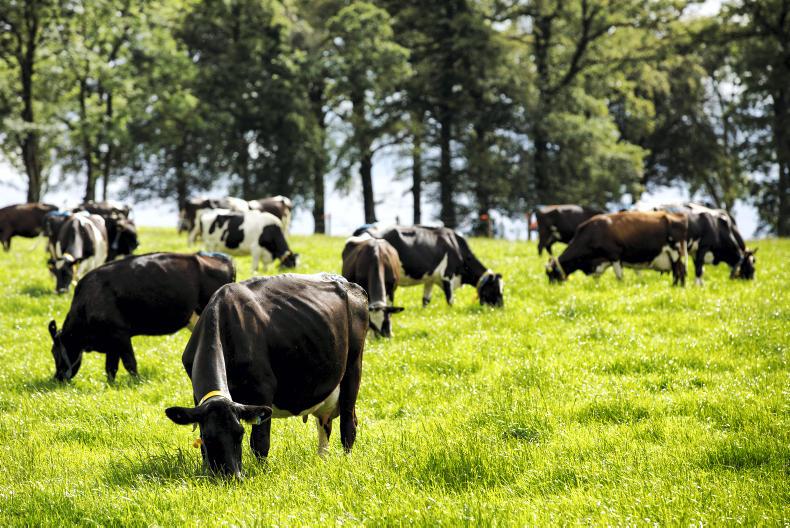
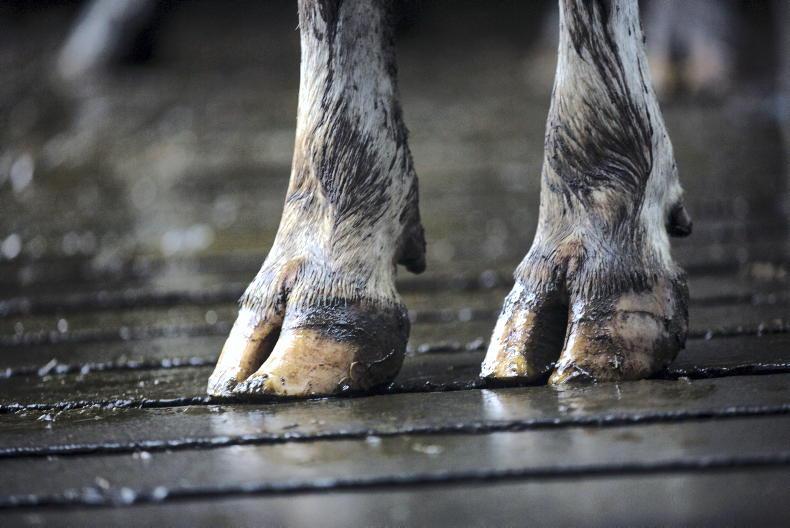

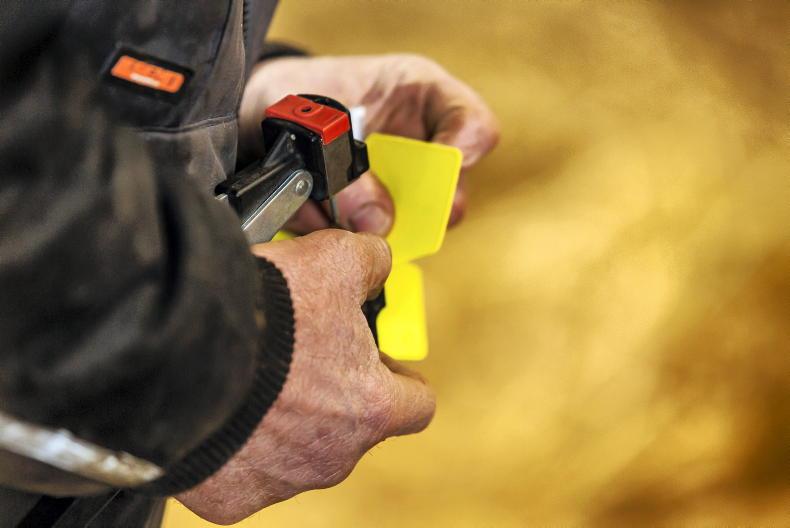
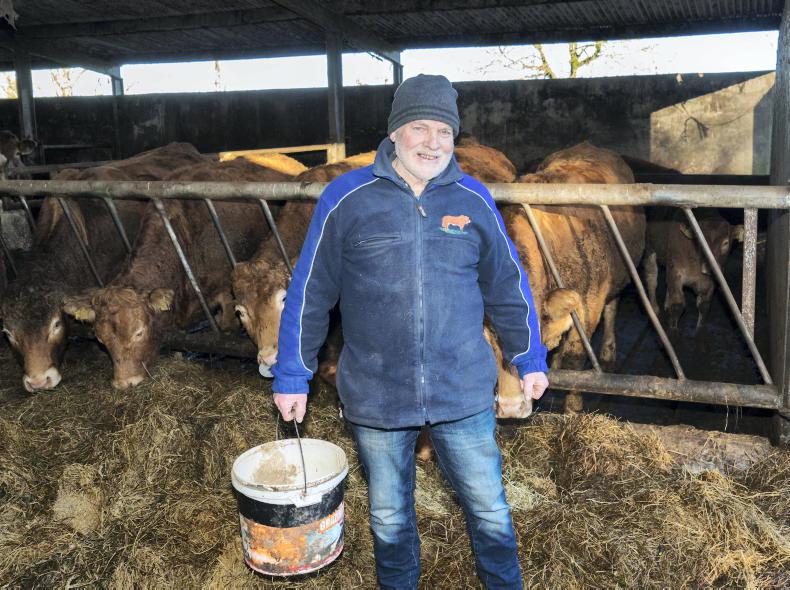

SHARING OPTIONS